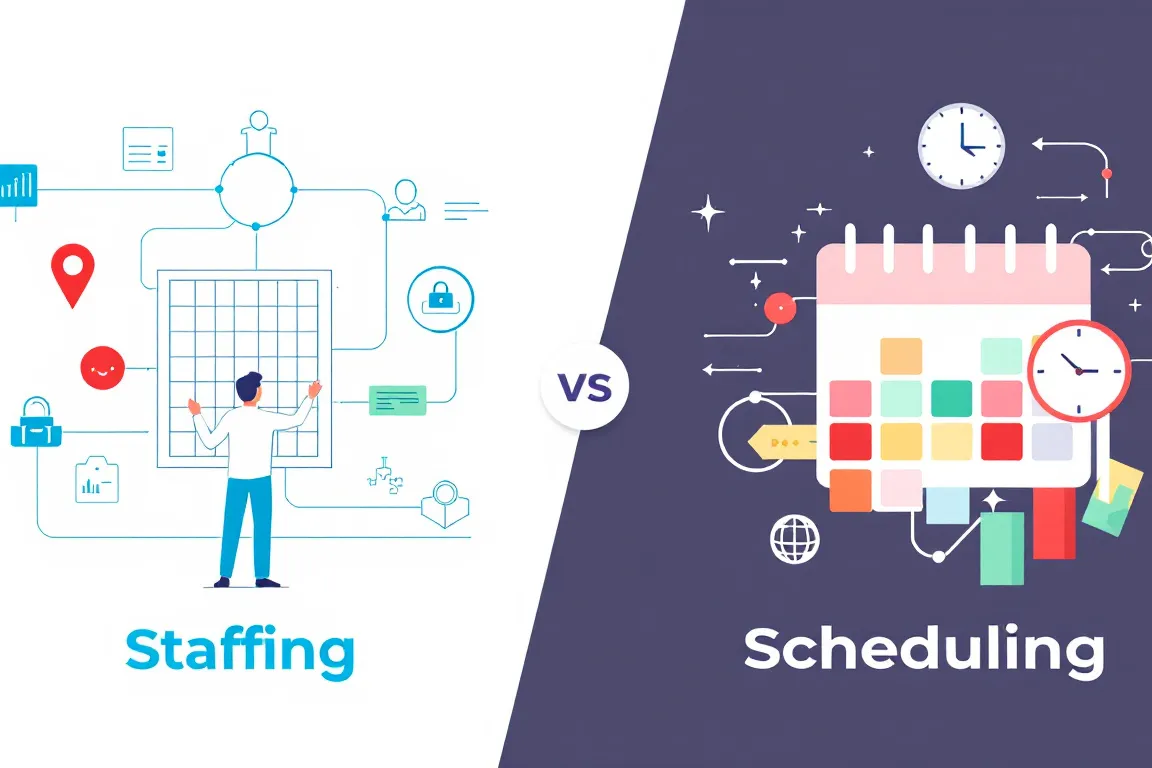Although technology, namely faster internet bandwidth speeds and sophisticated communication tools, has endowed businesses with greater flexibility – and allows them to continue operating, company culture usually suffers as a result.
The ability to work remotely keeps employees productive (and better still, employed) but remote teams can’t collaborate or even communicate in the same way as in a conventional workplace. It’s difficult to replicate the built-in sense of community that comes from an office.
In an effort to combat this, this post explores how to develop company culture with a remote workforce.
Why is building a company culture is important
A company’s culture lies at its heart; it’s in its DNA. It’s born from a company’s values, goals, and beliefs, and can then be seen in the regard managers hold their staff (and vice-versa), how employees treat each other, and the company’s attitude towards its customers or clients.
Company culture is important because it plays a significant role in a business’ long-term success. Companies with healthy cultures have happier, motivated, and more productive employees and consequently, tadays off, positive culture, ve lower rates of staff turnover. Sure, an employee might be offered a position elsewhere that pays more or offers more annual leave – but will they get along with their colleagues as well as before? Will they derive as much meaning and purpose from their work?
When a company has a thriving culture, its employees are less willing to take the risk on potentially greener pastures when they’re stimulated and appreciated where they are.
How to develop a positive culture when your staff is working remotely
Even though a distributed team misses out on the banter, jokes, and spontaneous human interactions that an office naturally provides, there are ways to maintain your company culture if your workforce is working remotely.
Set regular meetings
Schedule meetings at the same time each week. Not only will your employees benefit from the sense of community a meeting brings but the routine helps maintain a work/life balance while they’re working from home. If you need to hold several meetings, one for team leaders, particular departments, etc., make sure those are scheduled for the same time each week.
Also, as well as weekly meetings, it could be a good idea to hold monthly ‘town hall’ style meetings where staff can offer their opinions and share their challenges.
Organise fun, non-work events
Try your best to replicate the social aspect of a conventional work environment by organising regular virtual events. This could include lunches (where the company arranges for food to be delivered to everyone by a certain time), quizzes, post-work drinks, small birthday celebrations, etc. It provides a slice of normalcy and allows staff to enjoy each other’s company in a non-work capacity.
Schedule time for one on ones
Pencil in a one-on-one with each of your employees once a week. They’ll allow you to determine how each person on your team is doing, with less chance of them putting on a brave face – as is the temptation in meetings with their colleagues. You can reassure them these are confidential conversations so they can open up as much as they’re comfortable with.
By finding out if and how they’re struggling, you can come up with ways to best support them. Sometimes, small changes, such as better organising their home workspace, can make all the difference to their state of mind and overall wellbeing.
On a similar note, if you need to communicate something important and/or sensitive arrange to have a conversation about it rather than typing out a message. This ensures the communication is delivered and received as intended and nothing is lost in translation.
Encourage days off
Working at home can blur the lines between work and leisure time, so stress the importance of taking annual leave. More importantly, create a clear demarcation for when someone is working and when they’re off to prevent an always-on culture from developing; establish a rule that employees who are off are unavailable and not to be contacted. A great way of making sure everyone is aware of who’s off on any given is with a centralised staff holiday planner. Everyone can have access to the calendar to see who’s unavailable that day – as well as to book their own time off.
Similarly, if an employee who’s supposed to be on holiday appears to be engaging in work-related activities – gently remind them they’re not working that day.
Celebrate wins and express public appreciation
Make a special effort to celebrate wins for the company, such as landing a big contract or finishing a significant project. Better still, pair these wins with celebratory virtual events such as a lunch or drinks so everyone can share in the success and feel they’re a part of it. Also, be sure to publicly recognise individual contributions and successes. This will make your employees feel ‘seen’ and that their hard work is noticed. This is a great way to motivates staff when motivation is harder come by and reminds them of why they choose to work for the company, when they may have started to forget.
ScheduleLeave is absence management software that allows you to easily track your employees’ annual leave and sickness absence. If you’re interested in how much time ScheduleLeave can save your company, sign up for a free trial.




